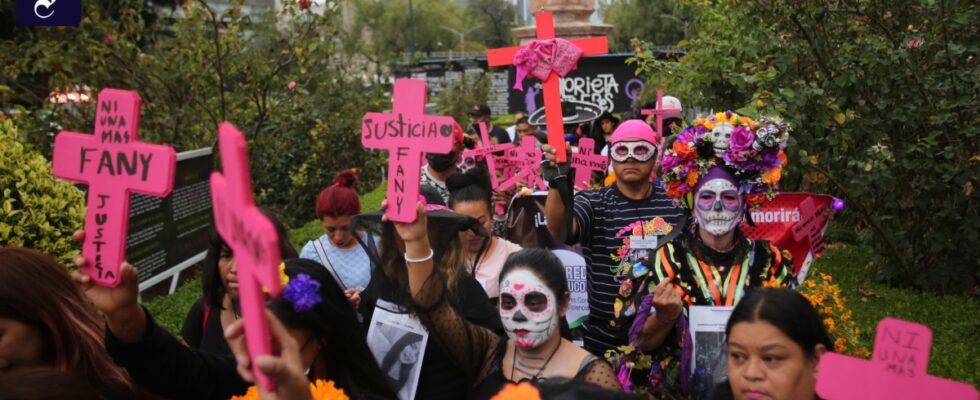JEvery hour around the world, five girls or women are killed by their partner or family member. This is according to a report by the United Nations Office on Drugs and Crime and UN Women. In 2021, 45,000 women and girls were affected by femicide by partners or relatives, such as fathers or brothers. This number includes only those cases that have been documented by the police.
Femicide is the most extreme form of violence against women and girls. They are defined as premeditated homicide with a gender-specific motive.
And they are a global problem, with the frequency of acts differing depending on the region of the world: for example, there are 2.5 femicides per 100,000 women in Africa, 1.4 in North and South America and 0.6 in Europe. The global average is 1.1.
In fact, the number of femicides is probably much higher. Many cases are still not counted. Often there is not enough information to identify them as gender-based killings. Whether and how authorities investigate and in what form they record crimes varies greatly from country to country. In addition, investigative authorities work under sometimes precarious conditions: In Mexico, for example, there is not only a lack of forensic medicine staff, but also refrigerators to store evidence for later investigation, and forensic ambulances to transport corpses. This was revealed by research by the newspaper “Animal Político”.
Poor data on femicide is an issue brought to attention on International Women’s Day. UN Women estimates that about four out of ten murders of women and girls in 2021 did not have enough information to classify them as gender-based killings. However, this is crucial to combating femicide. Extensive data make it possible to learn more about the patterns of gender-specific violence, to give those affected access to justice and to develop preventive measures.
According to the German Foundation for World Population, another component of prevention is sex education for boys and men. In this way they learn to discard outdated gender images, to treat girls and women with respect and to develop a positive image of masculinity. At the same time, the participation of girls and women in political, economic and social life must be expanded.
